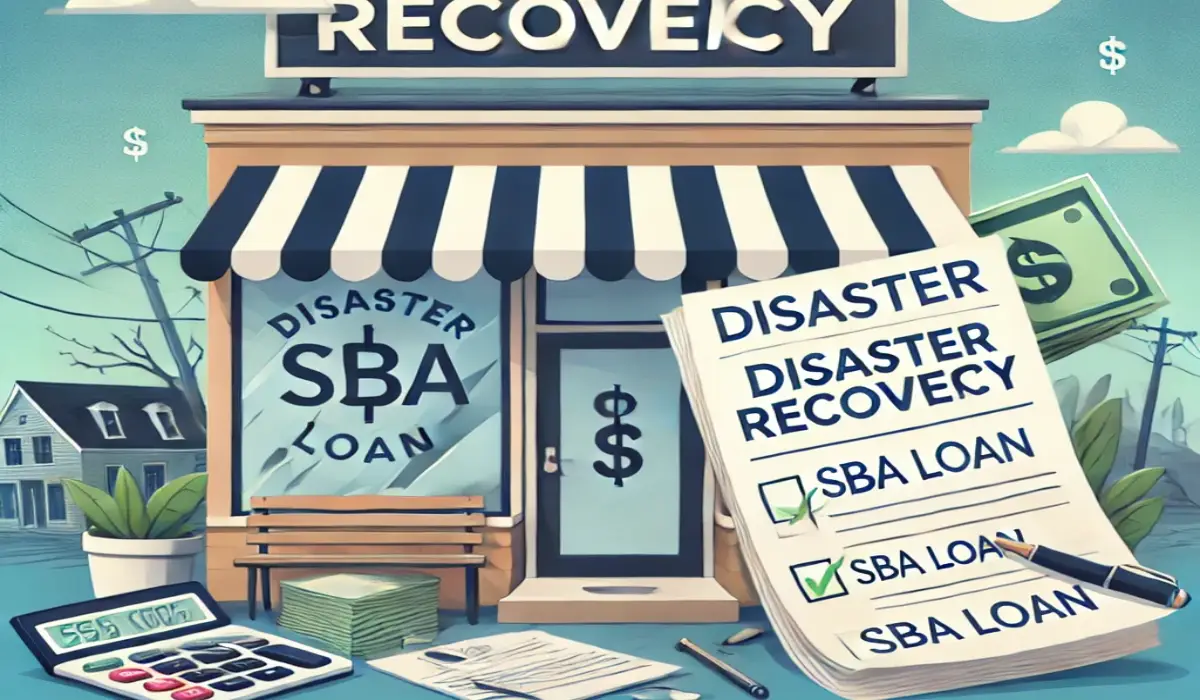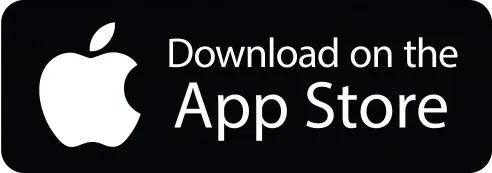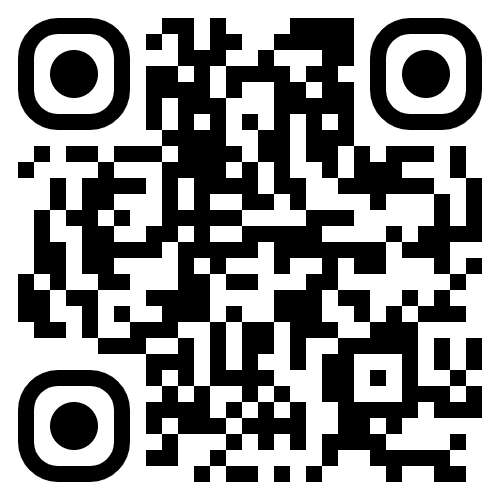Natural disasters can disrupt lives and businesses, leaving a trail of destruction that requires significant recovery efforts. For small businesses, non-profits, and individuals affected by disasters, the Small Business Administration (SBA) offers a lifeline through its disaster loan programs, providing financial help through long-term, low-interest loans for losses not covered by insurance or other sources.
This comprehensive guide outlines disaster business loans options, the application process, loan terms, and additional resources to support disaster recovery.
Understanding Disaster Relief Loans
The SBA provides low-interest loans designed to assist businesses, non-profits, and households impacted by declared disasters. These loans are tailored to help with:
- Physical Damage: Covering damage to buildings, equipment, and inventory.
- Economic Injury: Addressing financial losses, such as revenue declines caused by the disaster.
Key Features of SBA Disaster Loans:
- Eligible Entities: Small businesses, nonprofit organizations, private non-profits, and individual households in disaster-declared areas.
- Use of Funds: Repair or replacement of damaged property, including personal belongings and building structures.
- Eligibility Criteria: Determined based on the size of the applicant, the type of activity conducted, and the applicant’s financial resources.
Disaster loans provide crucial financial assistance for recovery, ensuring businesses and communities can rebuild and thrive after a disaster.
Related: Small Business Stabilization Grant: A Powerful Lifeline for Companies
Applying for an SBA Loan
The SBA has streamlined its application process to make disaster loans accessible and efficient for those in need, allowing businesses and organizations to apply online with ease. Here’s how you can apply:
1. Online Application
The easiest and quickest way to apply for an SBA disaster loan is through the SBA’s Disaster Loan Application Portal. The portal guides applicants step-by-step, ensuring all required information is submitted.
2. Phone Application
For those who prefer assistance over the phone, you can contact the SBA’s Disaster Customer Service Center. Representatives are available to answer questions and assist with the application process.
- Contact Number: 800-659-2955
- TTY for Hearing Impaired: 800-877-8339
3. In-Person Application
Local SBA offices and disaster recovery centers provide in-person support for applicants. Trained representatives can:
- Guide you through the application process.
- Help you gather necessary documentation.
- Answer any questions about eligibility and loan terms.
Required Documentation
To ensure a smooth application process, prepare the following documents:
- Financial Records: Recent tax returns, profit and loss statements, and balance sheets.
- Proof of Damage: Photos, repair estimates, and insurance reports documenting the disaster’s impact on your property or business.
By having these materials ready, you can expedite the application process and increase your chances of approval.
Disaster Business Loans Options and Terms
The SBA offers several types of disaster loans to meet the diverse needs of affected individuals and organizations. Below are the primary loan options and their terms:
1. Economic Injury Disaster Loans (EIDLs)
- Purpose: Provides working capital to small businesses and non-profit organizations experiencing financial hardship due to the disaster.
- Loan Amount: Up to $2 million.
- Interest Rates:
- 4% for small businesses.
- 3.25% for non-profits.
- Repayment Terms: Up to 30 years.
EIDLs are designed to cover ongoing operational expenses, such as payroll, rent, and utilities, ensuring businesses can maintain operations during the recovery period.
2. Physical Damage Loans
- Purpose: Covers repairs or replacement of damaged property, including buildings, equipment, and inventory.
- Eligible Entities: Small businesses, private nonprofits, non-profits, homeowners, and renters.
- Loan Uses:
- Repairing or rebuilding homes and commercial buildings.
- Replacing damaged personal property or business assets.
3. Home and Personal Property Loans
- Purpose: Assists homeowners and renters in declared disaster areas with repairing or replacing damaged property.
- Loan Uses:
- Home repairs or rebuilding.
- Replacing personal belongings and vehicles.
- Mitigation measures to protect against future disasters.
Loan Terms at a Glance:
| Loan Type | Maximum Amount | Interest Rate | Term |
|---|---|---|---|
| Economic Injury Disaster Loan (EIDL) | $2 million | 4% (small businesses) | Up to 30 years |
| Physical Damage Loan | $2 million | 3.25% (non-profits) | Up to 30 years |
| Home and Property Loan | Varies | Low-interest | Up to 30 years |
Additional Resources and Support
Recovering from a disaster often requires more than financial assistance. The SBA collaborates with other agencies to provide comprehensive support to disaster survivors.
FEMA Partnership
The Federal Emergency Management Agency (FEMA) works closely with the SBA to ensure affected individuals and organizations receive the help they need. While FEMA provides grants for immediate needs, SBA loans offer long-term financial recovery solutions.
SBA Customer Support
- Hotline: Reach the SBA Disaster Customer Service Center at 800-659-2955 for personalized assistance.
- Website: Visit www.SBA.gov/disaster for detailed information and online resources.
- In-Person Assistance: Disaster recovery centers and SBA field offices provide face-to-face support and guidance.
SBA Network of Partners
The SBA delivers services through a network of field offices and partnerships with public and private organizations. These partnerships ensure localized support tailored to the unique needs of affected communities.
Educational Resources
The SBA offers workshops, webinars, and online resources to help businesses:
- Prepare for disasters.
- Understand loan options and terms.
- Navigate the recovery process.
Preparing for the Future
While SBA disaster loans are an excellent resource for recovery, preparing for potential disasters can minimize future losses. Here are some tips:
- Develop a Business Continuity Plan: Identify risks and create strategies to maintain operations during emergencies.
- Invest in Insurance: Ensure your business and property have adequate insurance coverage.
- Backup Records: Digitally store financial and operational records to protect against data loss.
- Stay Informed: Monitor weather alerts and stay updated on disaster declarations in your area.
The SBA’s disaster loan programs provide vital support to individuals, small businesses, and non-profits recovering from disasters. From Economic Injury Disaster Loans to physical damage repair loans, these programs offer flexible terms and affordable rates to help rebuild and sustain operations.
By understanding the application process, loan options, and available resources, disaster survivors can navigate recovery with confidence. For more information or assistance, contact the SBA or visit their website to explore the full range of disaster relief options.
Related: What Is the Average Small Business Loan Amount? A Comprehensive Guide


 Read More
Read More 




